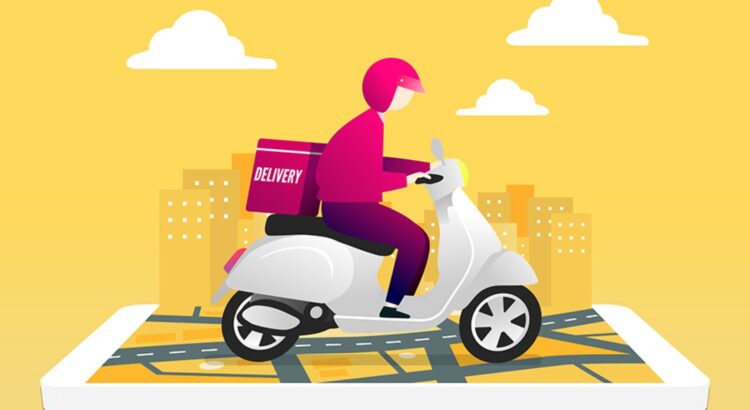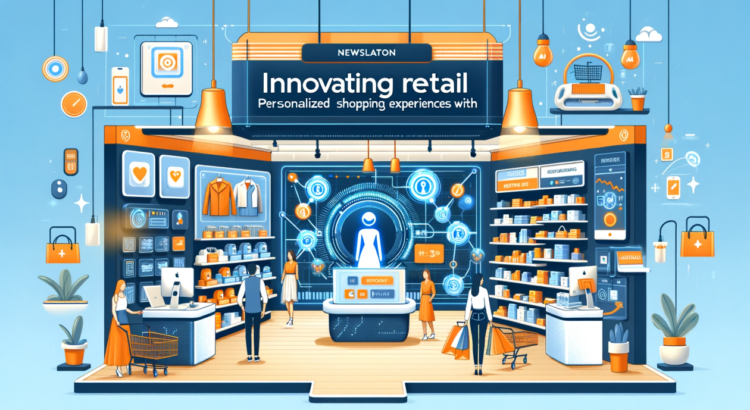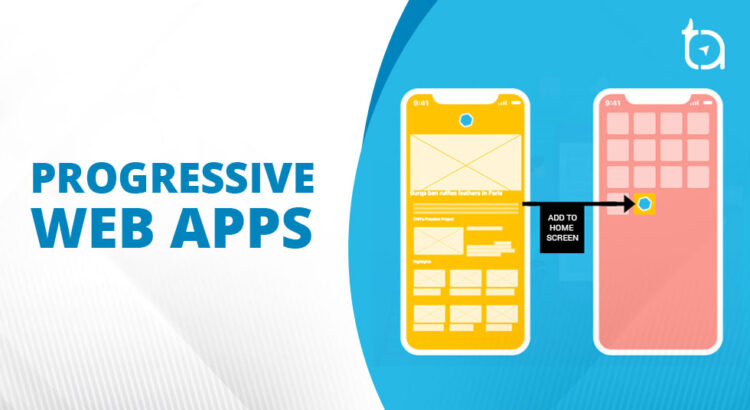Standing in long queues has always been one of the least enjoyable parts of our daily lives. Whether at a bank, hospital, government office, or retail store, waiting has traditionally been seen as a necessary inconvenience. Over the years, however, technology has completely reshaped how organizations handle queues and customer flow. What once started with paper token slips has now evolved into smart kiosks, mobile apps, and AI-powered systems designed to make waiting shorter, smoother, and in many cases, almost invisible.
The story of queue management is not just about reducing waiting times-it’s about transforming customer experience. Businesses have realized that the way they manage queues directly affects how customers perceive their brand. The evolution of this technology reflects both a growing demand for convenience and the rise of digital solutions that prioritize efficiency.
The Early Days: Paper Token Slips
In the beginning, queue management was manual and fairly simple. Visitors arriving at a service counter would collect a small paper slip with a number printed on it. This system introduced some fairness by ensuring people were served in the order they arrived, but it was far from perfect. Tokens were easy to lose, announcements were often unclear, and there was little visibility for customers about how long they would have to wait. For businesses, managing these paper slips was inefficient, offering no data or insights into customer flow.
Electronic Display Systems
The next phase saw the introduction of electronic display systems. Instead of relying on verbal announcements, businesses used LED screens or boards to show token numbers being served at different counters. This was a significant step forward. Customers could relax without constantly worrying about missing their turn, and the experience felt more organized. For organizations, it provided a more professional image, though the systems were still limited to displaying numbers and required manual updates from staff.
The Arrival of Digital Queue Systems
With the rise of computers in the 1990s and 2000s, queue management systems began to go digital. Instead of paper slips, electronic machines generated tokens that were linked to software. This allowed businesses to track wait times, measure customer flow, and even assign visitors to specific counters based on service needs. Data collection entered the picture, enabling managers to identify peak hours and allocate resources more effectively. For customers, it meant more structured queues and shorter waiting times.
Touchscreen Kiosks and Self-Service
The introduction of touchscreen kiosks marked a turning point. These kiosks allowed customers to select the service they needed upon arrival, automatically routing them to the correct counter or department. For example, in a hospital, patients could choose between general consultation, lab tests, or billing services. This helped streamline operations and ensured that customers didn’t have to waste time standing in the wrong line.
Self-service kiosks also improved personalization. By asking for basic details at the point of check-in, businesses could create a smoother experience and capture valuable information about customer behavior.
Mobile Apps and Remote Queueing
As smartphones became widespread, mobile-based queue management gained popularity. Customers could now book a slot or join a queue virtually using their phone before even arriving at the location. Apps could provide real-time updates, notify users when their turn was approaching, and reduce physical crowding in waiting areas.
This shift proved especially valuable during the COVID-19 pandemic, when minimizing physical contact became a priority. Virtual queueing allowed businesses to maintain social distancing while still offering efficient service. For customers, it provided flexibility and reduced the frustration of waiting in crowded spaces.
Smart Kiosks and AI Integration
Today, we’re witnessing the rise of smart kiosks powered by artificial intelligence, machine learning, and cloud technology. These kiosks go beyond issuing tokens-they analyze customer demand, predict waiting times, and even offer multilingual support. In some industries, kiosks are integrated with facial recognition or biometric verification for seamless check-ins.
AI-driven queue systems can dynamically allocate staff based on real-time demand, ensuring no counter remains underutilized. For example, in a busy bank branch, if the system notices an increasing queue for loans, it can reassign available staff from other services to balance the load.
Smart kiosks also support omnichannel integration, linking physical queues with online bookings, mobile apps, and even chatbots. Customers can interact with businesses across multiple touchpoints while still enjoying a unified and efficient experience.
The Future of Queue Management
Looking ahead, queue management is likely to become even more personalized and predictive. With the help of big data, businesses will be able to forecast peak times with high accuracy and prepare resources in advance. AI will allow systems to recognize repeat customers, understand their preferences, and tailor services accordingly.
Virtual and augmented reality may also play a role in creating interactive waiting experiences, turning downtime into an opportunity for engagement. Combined with IoT devices, we could see fully automated, contactless queue management becoming the norm across sectors.
Final Thoughts
The journey from simple paper slips to advanced smart kiosks highlights how far queue management technology has come. What was once a basic system to maintain order has transformed into a sophisticated solution that enhances customer satisfaction, streamlines operations, and provides businesses with actionable insights. In 2025 and beyond, organizations that adopt smart queue management systems will not only reduce waiting times but also deliver experiences that keep customers coming back.
At Razorse Software, we understand how technology shapes customer experiences. By embracing innovations like smart kiosks and AI-powered systems, businesses can stay ahead of the curve and build lasting trust with their users.
#QueueManagement #SmartKiosks #CustomerExperience #DigitalTransformation #RazorseSoftware





